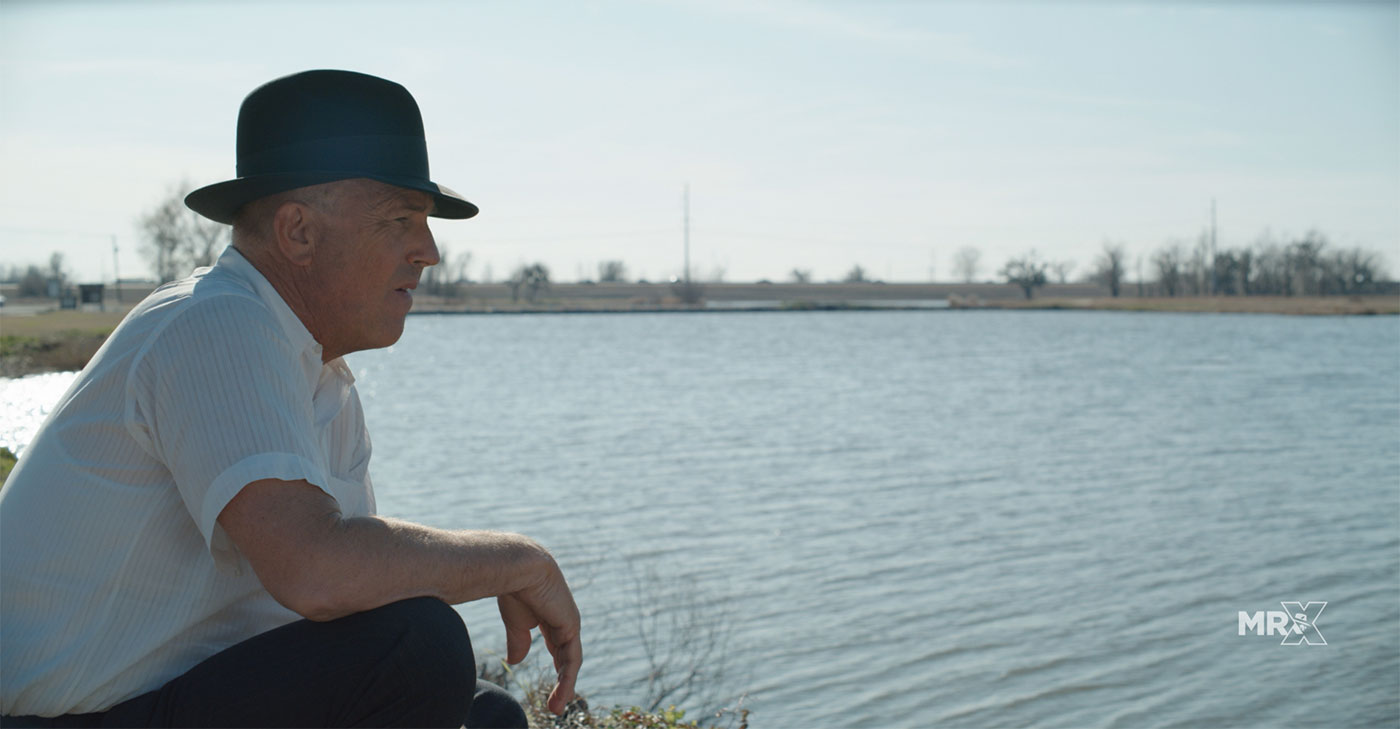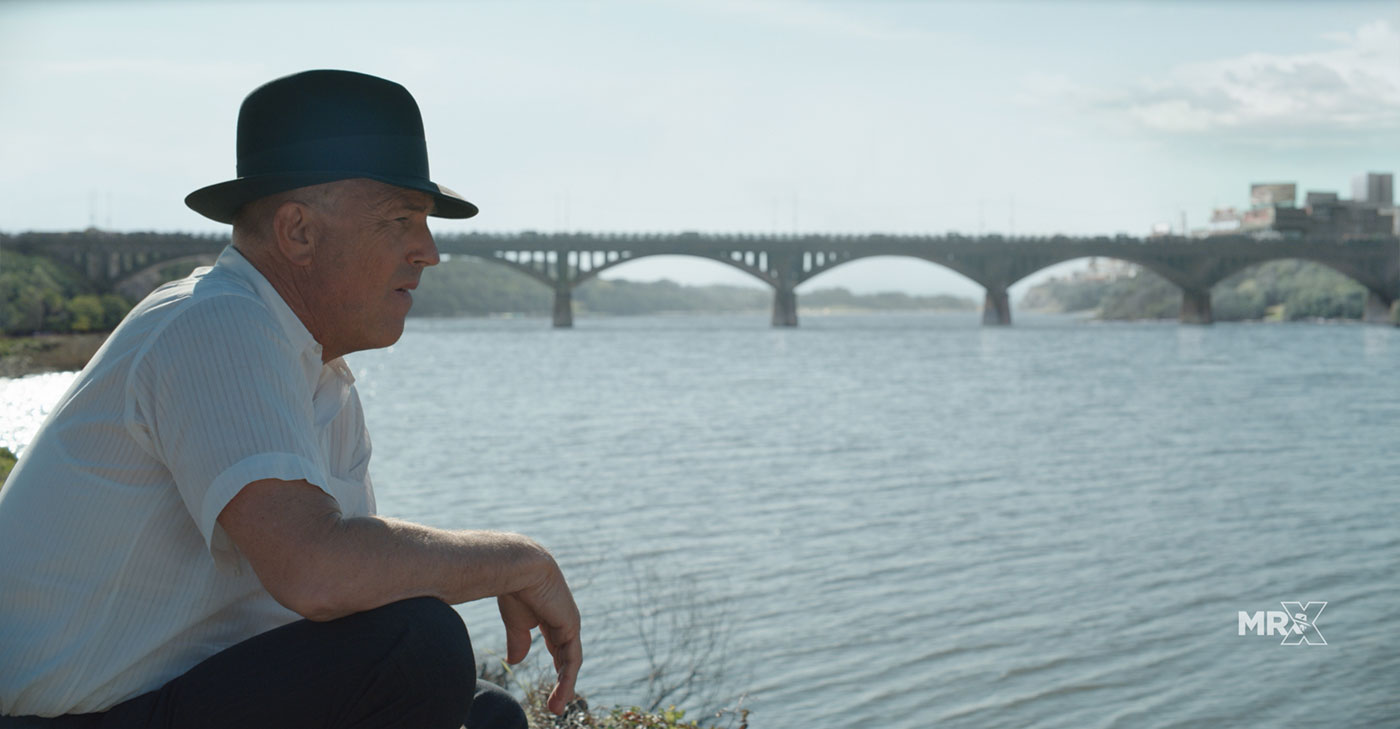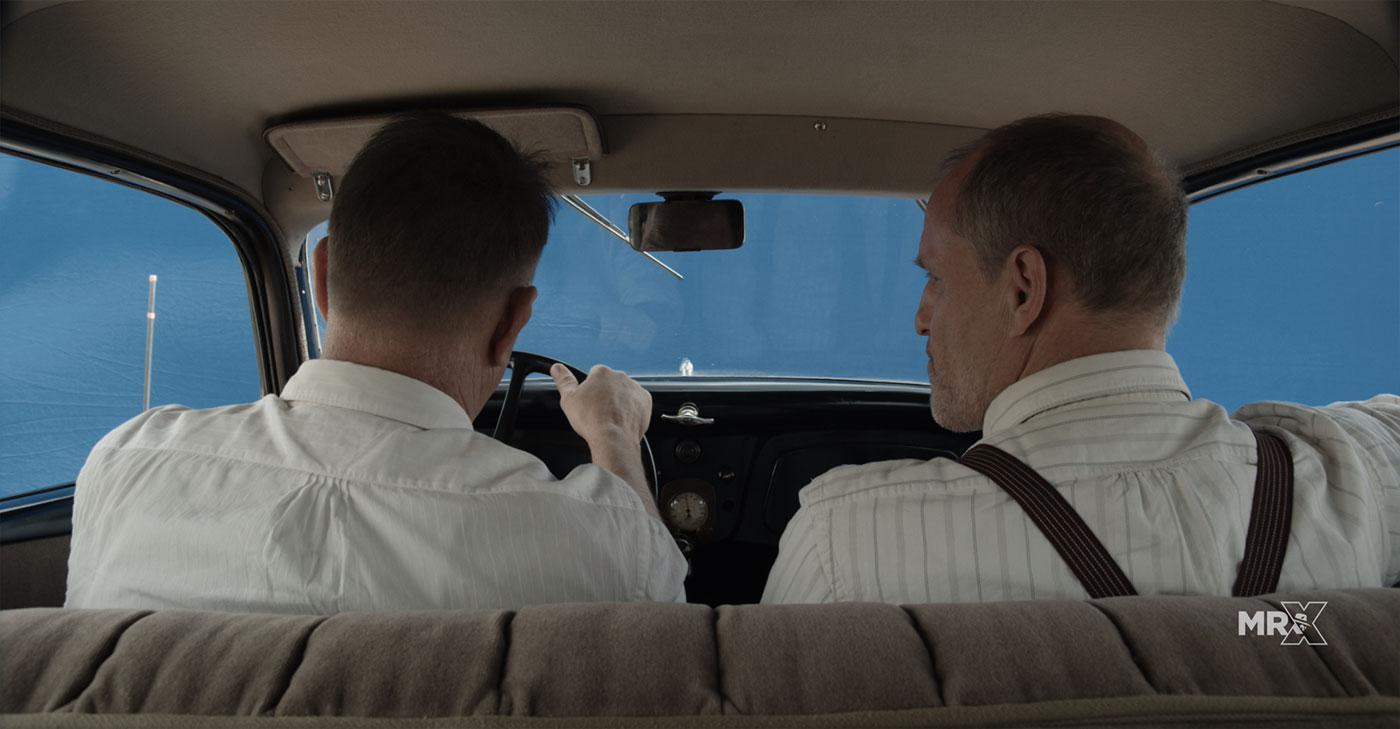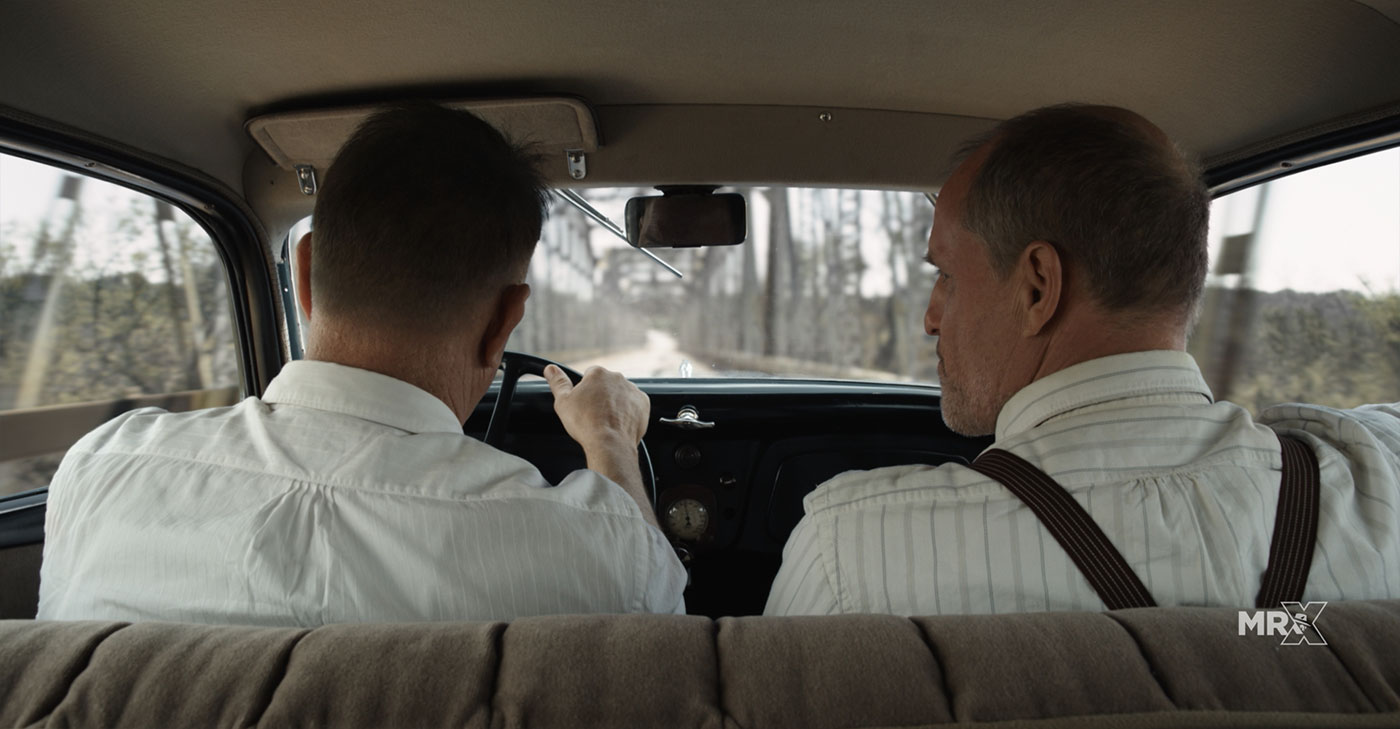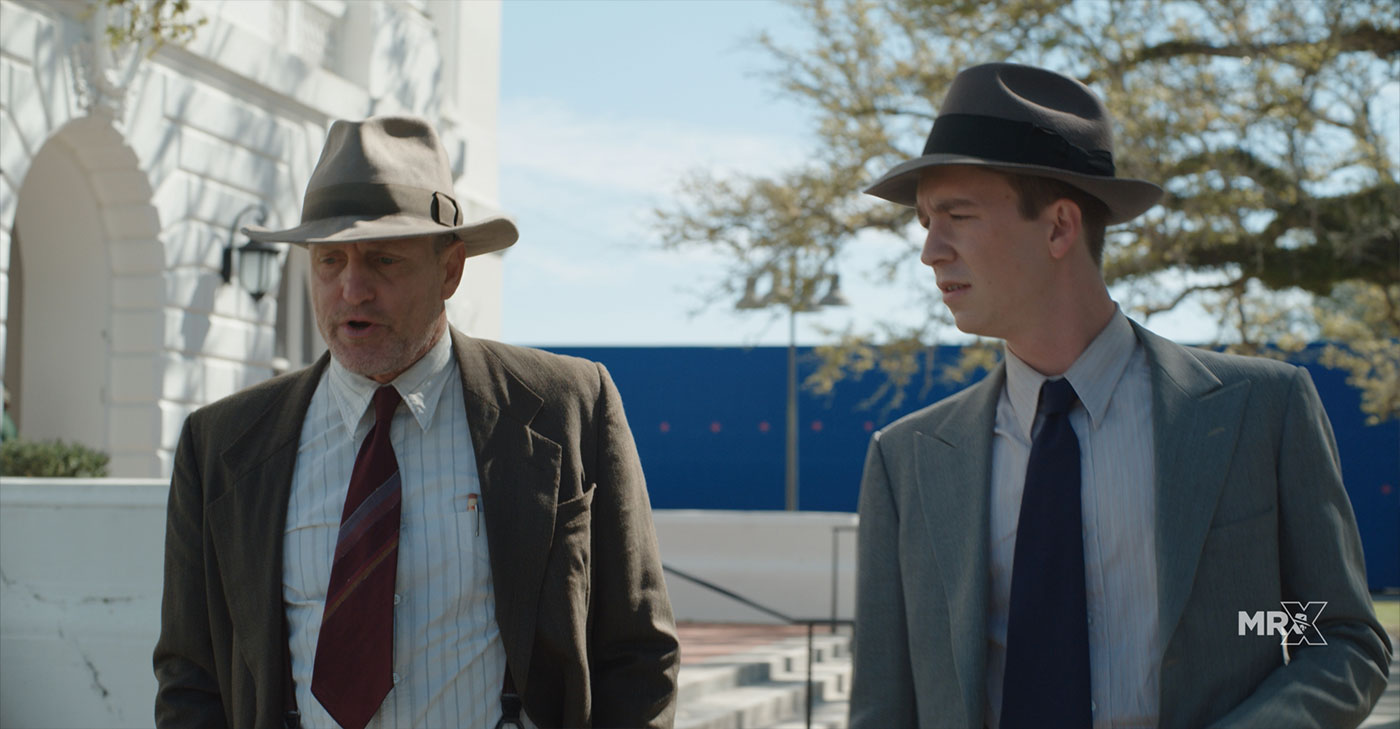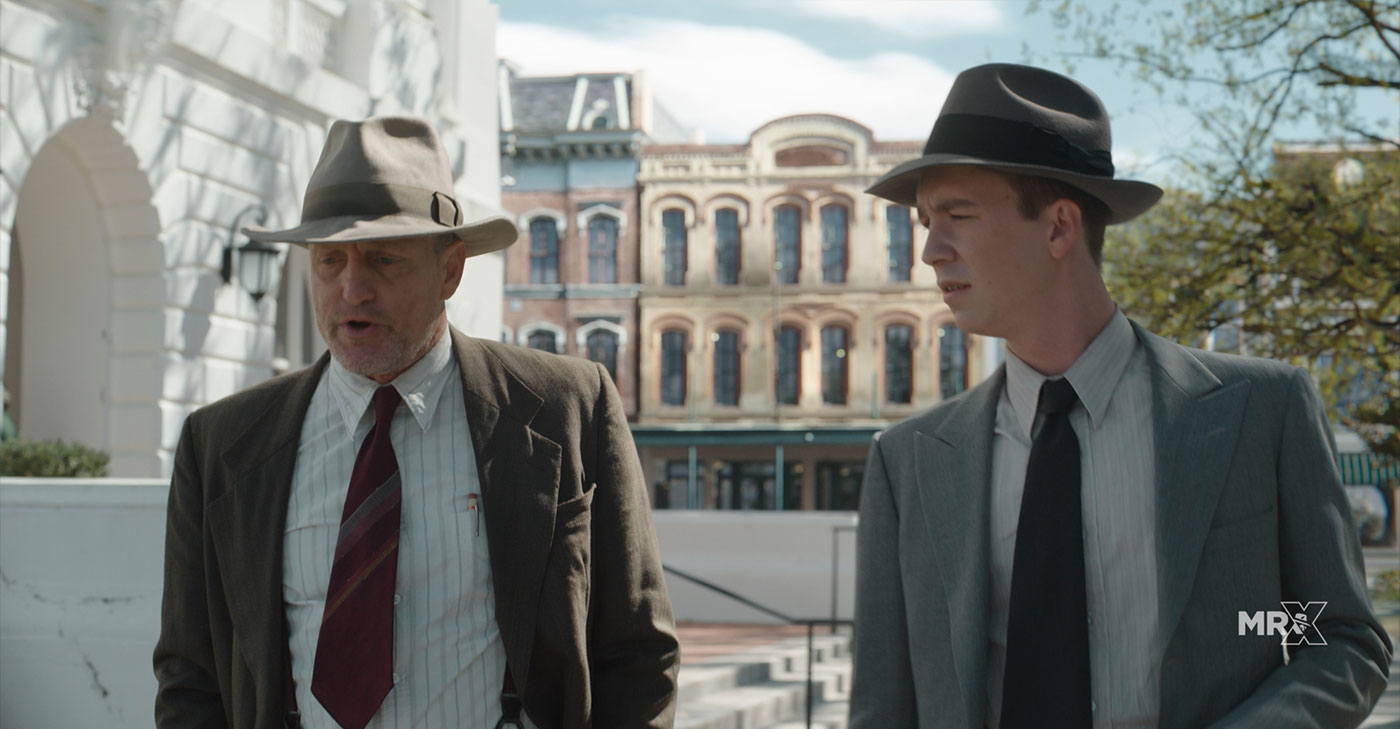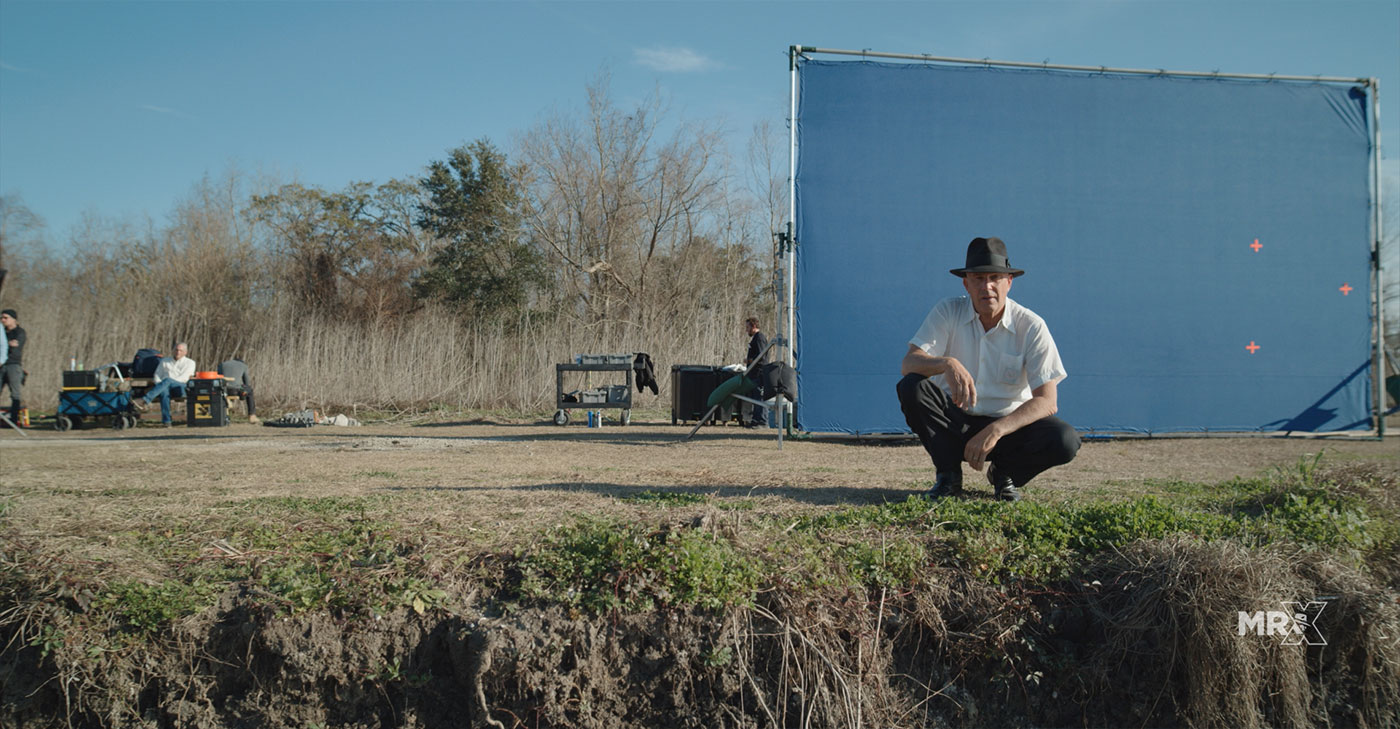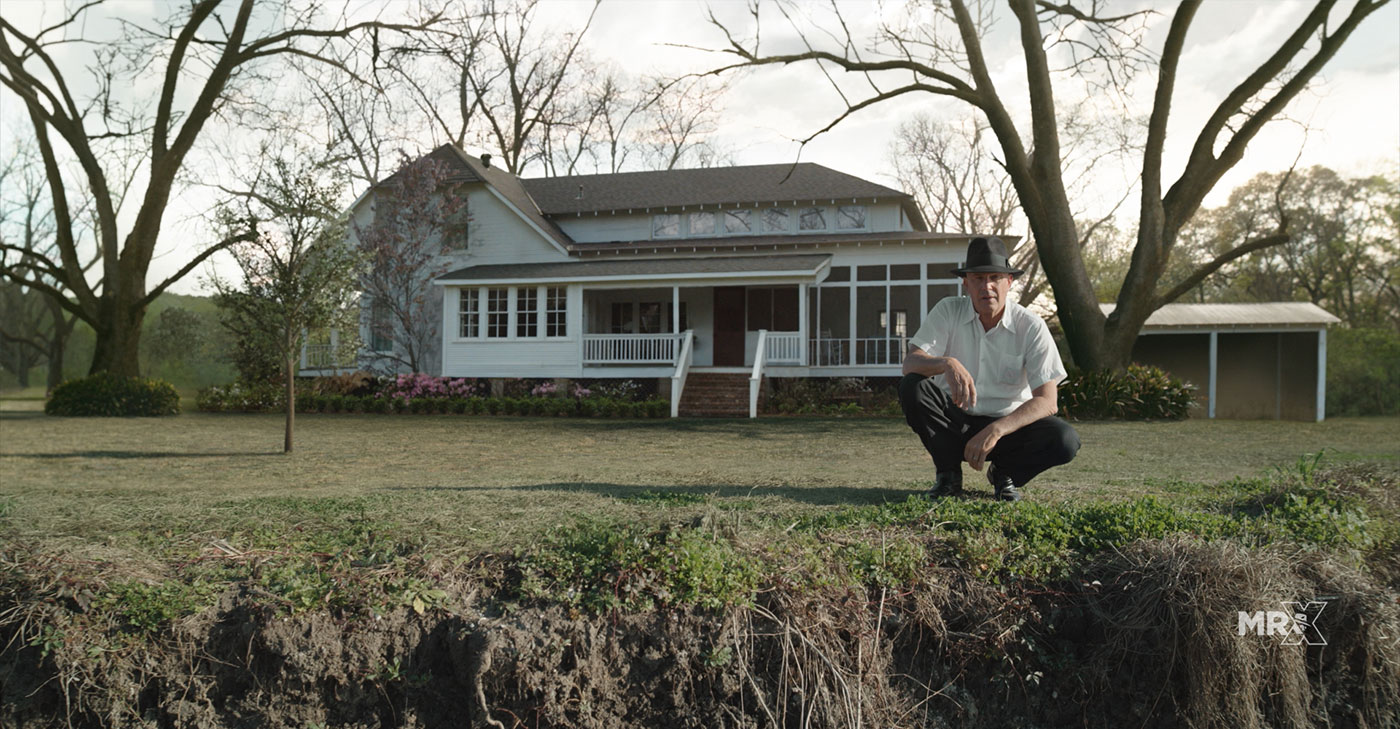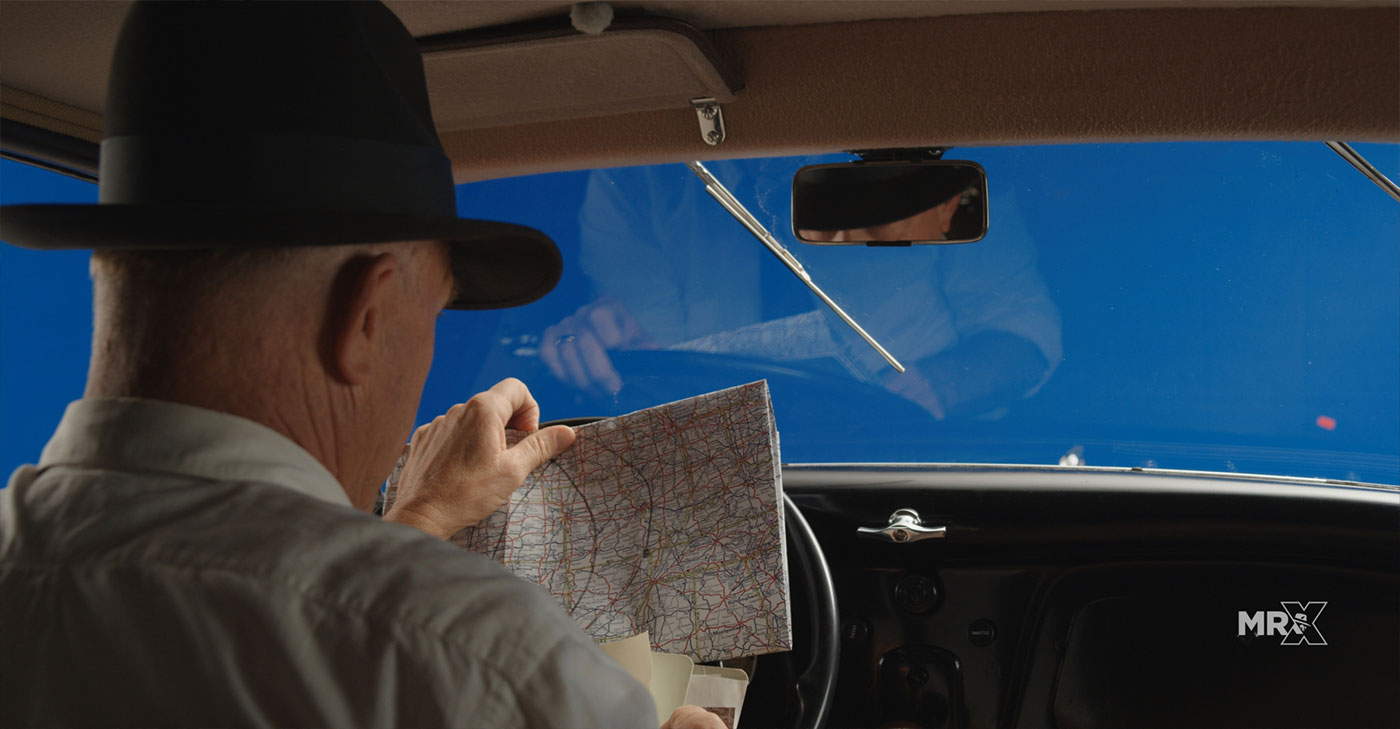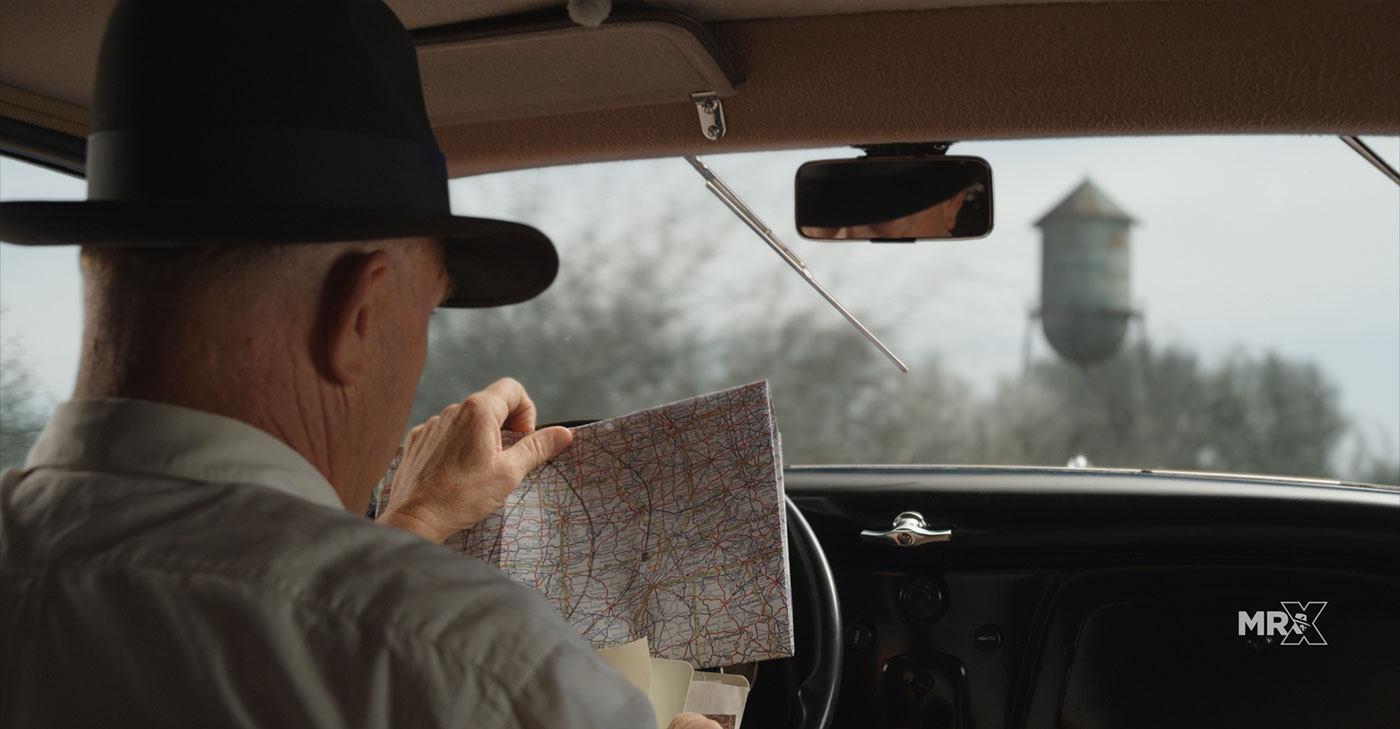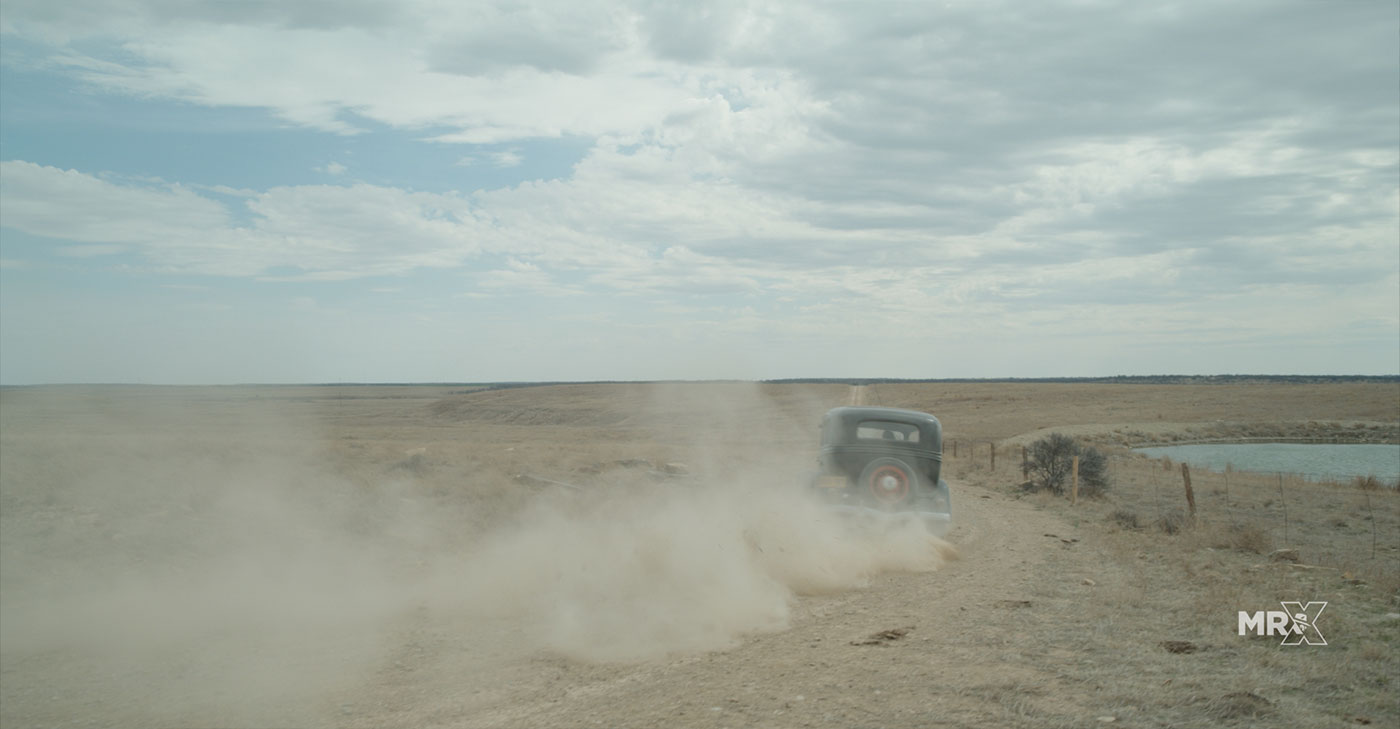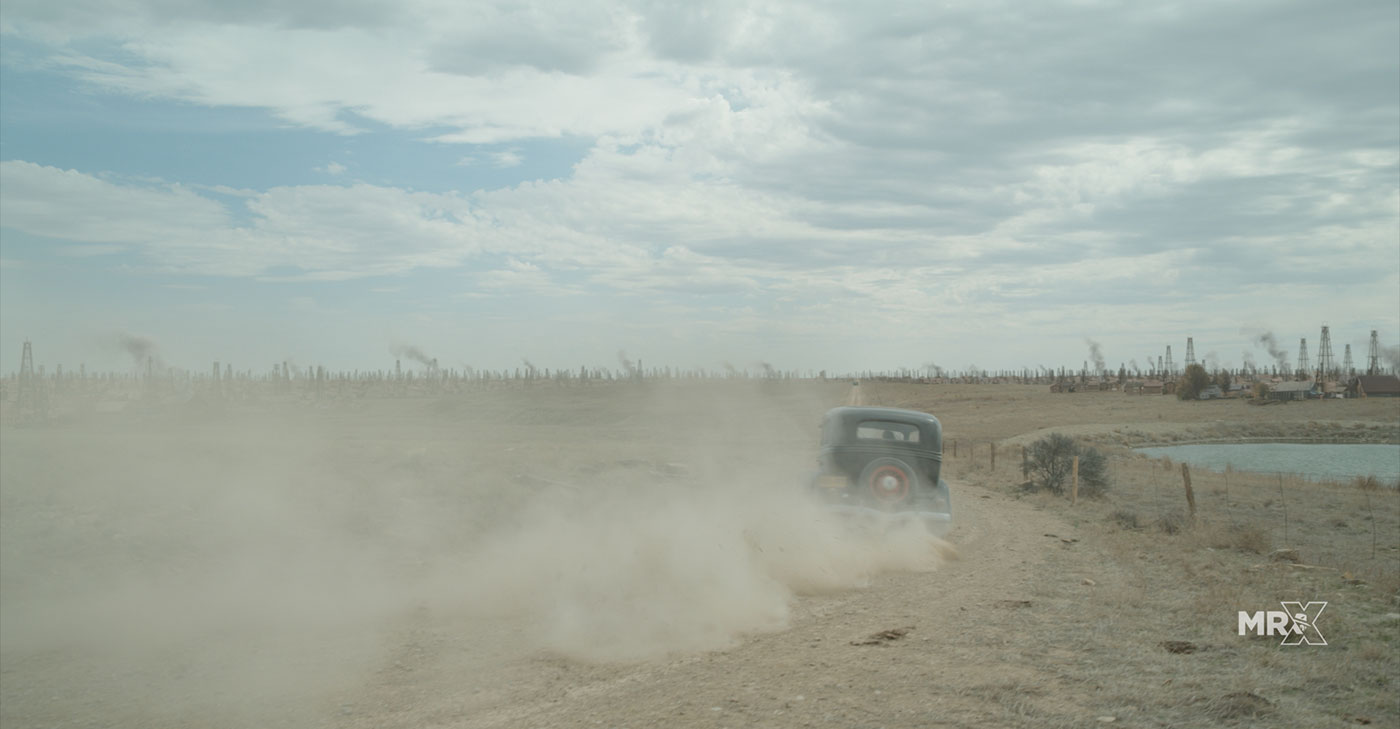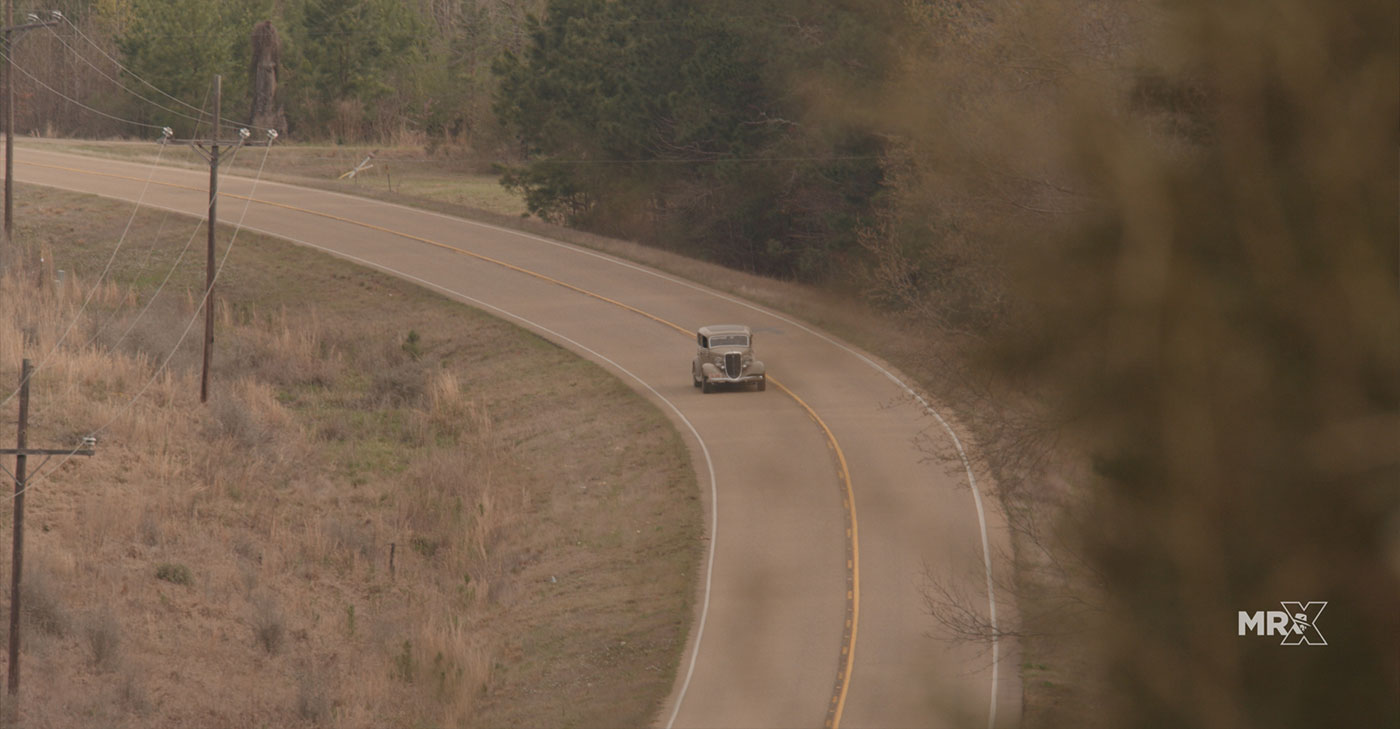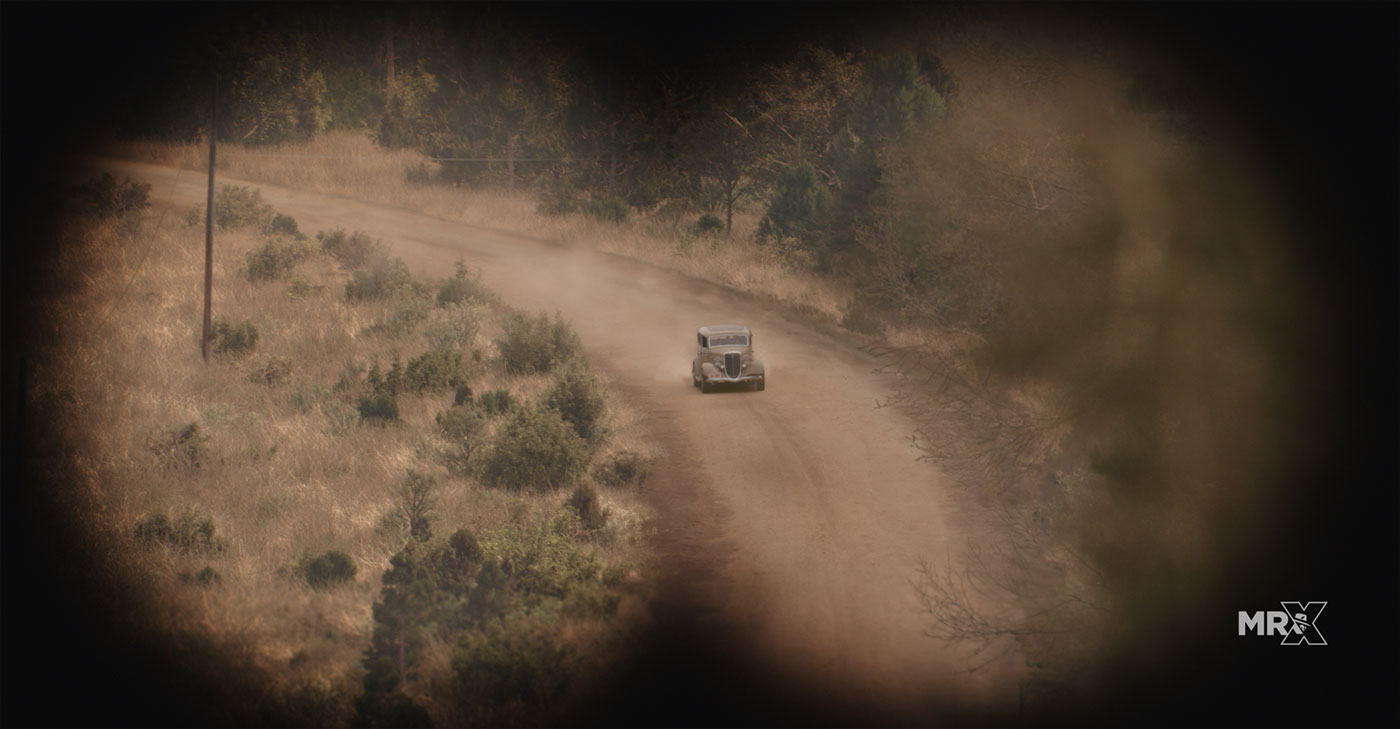In 2014, Chris MacLean explained the work of Mr. X on POMPEII. He then worked on many projects such as CRIMSON PEAK, BEN-HUR, LEGION and THE STRAIN.
How did you and Mr. X get involved on this show?
Mr. X and I had done GODLESS with John Swallow, Mike Malone and Casey Silver previously. We’ve built a good working relationship and there is a lot of trust there. We also have a very good relationship with Netflix, which helps when you’re working on one of their shows.
How was the collaboration with director John Lee Hancock and VFX Supervisor John E. Swallow?
John Lee was a very easy director to work with. He knew what he wanted for the movie which makes our job that much easier. There wasn’t a lot of “VFX shopping.” We were all very much in sync on the show. John Swallow and I had developed a short hand on GODLESS that carried over into THE HIGHWAYMEN. We worked very well together.
What was their approaches and expectations about the visual effects?
Photorealism is always the goal on a film like this and that was the expectation. We were shooting Panavision DXL2 on this at 8K. We were debayering down to 4k and delivering HDR. This meant that the delivered images need stand up to an excruciating amount of scrutiny.
John Schwartzman, our DP, and I planned the big VFX moments, like the Hamer house Austin bridge and the shootout. For the most part it, it all went very smoothly. Taylor McNutt was our man on set for the shoot. He took care of data and execution while I was back in Toronto. John was in editorial with Gordon Antell (VFX Editor) and Jason Ramsey (VFX Coordinator) feeding us changes and updates. They were also cutting our work in making sure everything jived with the cut.
How did you organize the work with your VFX Producer?
Adnan took care of numbers and helped me parse the work between Bangalore, Toronto and our vendors. He really helped me organize the show so I could focus on the images. Elias, our Production Coordinator was a huge help as well.
How did you split the work amongst the Mr. X offices?
We split the work between our Toronto and Bangalore offices.
What was the sequences made by Mr. X?
There are a lot of invisible effects on the show. We are peppered throughout the movie. The major sequences were, the Hamer house, the Dallas Sheriff Station, crossing into Oklahoma, the dusty field chase, the ambush on Ringglold Road and the death car in Arcadia.
Vitality VFX and Richard at Perpetual Motion filled out the rest of the movie.
What are the main challenges on a period movie?
The biggest challenge on a period movie, especially one with this much scope, is removing the modernity from the plates. Like I said, there is no hiding with images this large so everything inch of the frame needs to be scrutinized and checked. Whether it’s a plastic bottle, a streetlight, overhead wires, a stop sign or some drywall leaned up against second floor window, it all needs to be spotted and re-spotted.
During the movie, we discover many period environment such as Dallas. How did you create the locations?
John Lee and our Production Designer, Michael Corenblith being Texans they had a treasure trove of reference for us. There were postcards, archival photos, advertisements from the time period. They had really done their homework. In Dallas the biggest challenge was the environment extension outside of the sheriff station. This building was in St. Bernard, LA. We put up 30ft of bluescreen on one side to hide the modern buildings and ran real people and cars in front of it to give us some ambient movement in camera. These shots all ended up as 3D extensions, ground replacement and tree replacement. We also had to animate the vehicles and add people into the background to give the shots that extra bit of life. On the day, the blocking changed slightly so we ended up replacing more than we had originally planned but it worked out better for the sequence.
Which location or environment was the most complicated to create and why?
Surprisingly, this was the Hamer house. The house needed to be on the Colorado River outside of Austin, near the Congress Avenue Bridge. The house we shot at was land locked so we had to add the river, the bridge and the city in this sequence. The introduction shots to Frank Hamer were all shot on a bluescreen on a riverbank and then we added the bridge, Austin and the house back in.
The other environment that was difficult was the Ambush site on Ringgold Road. We shot on the actual road where the ambush happened. This road is paved now and there was quite a bit of modernity around the area. We had to remove the manicured ditches and replace the poles with period accurate power lines. Mike Portoghese, our comp supervisor and Mai-Ling, our CG supervisor, did a great job of wrangling this into submission. Our Bangalore team did a great job here as well, getting the extensions working and believable.
How did you create the various dramatic skies?
Most of the skies were real! Texas and Louisiana have great skies.
The heroes are driving during a big portion of the movie. How did you create the background plates?
There aren’t very many array cars that can produce the resolution we needed for these plates so we used the Edge Car (Russian Arm) and ran quarter passes on the roads with low or no modernity. It was a bit tedious but it paid off in the end.
Frank Hamer has a boar in his house. Did you need to create it or was it a real animal?
Porky was real. We had to do some fence removal and mark removal but other than that it was a real Javelina!
How did you work with the stunt and SFX teams?
I worked with Jeff and JJ Dashnaw on GODLESS. Jeff was also our 2nd Unit Director. There wasn’t too terribly much to coordinate between stunts and us. At one point we were jumping the cars over railroad tracks. An airborne 34 Ford is something too see! This never made the cut though.
Bill Dawson led the SFX team. We spent a lot of time planning the squibs, window hits and blood hits for the Clyde death car. This was one of our biggest challenges on the show. We wanted this to happen in progression and we had to make it all work in continuity. There was a lot of back and forth with editorial and John Lee to make sure the progression happened in a believable manner. I’m very much a stickler for real effects when we can use them because in camera FX always look better and it gives the FX artists something to match into. It’s often more work but it keeps us (the VFX artists) honest.
A car chase happens in a field quickly surrounded by dust. How did you create these FX elements?
This was mostly done with elements and real dust! Again, when we can do it for real I would much rather catch it in camera. We shot on location in a dusty field for this. We had the stunt drivers chase each other in the cars and we ended up getting a lot in camera. For the shots that we may have caught too much wind or were devoid of dust, we added in comp. We also shot trailing elements on the camera car for billowing dust.
Can you explain in detail about your work on the final gunfight?
The ambush was very much mix of practical and visual effects. Art department dressed about 30 ft of road in either direction of the ambush site. We then replaced the rest digitally with CG vegetation and the dirt road. For the shoot out itself built a library of squib hits, glass breaks, door hits, muzzle flashes and dust. Then we meticulously went through in order and comped the shots. We did a few CG windshield replacements but for the most part we handled this whole sequence in comp. There were also a lot of peel and reveal shots. This is where we painted out existing real hits and effects and revealed them as they happen in camera.
Is there any other invisible effects you want to reveal to us?
They are everywhere in the film. Perhaps one of the most interesting is the final state of the car in Arcadia as it’s being pulled through the town. By the time we were finished with the shootout the practical windows and the body didn’t quite match, so we replaced the windshield and added bullet hits as needed. It was tedious work but if you can’t tell we’ve done our job.
Which sequence or shot was the most challenging?
The ambush was the most difficult, just in terms of the logistics or splitting the sequence between two locations and managing continuity.
Is there something specific that gives you some really short nights?
With this crew and these film makers I usually sleep pretty well. They are all very good at what they do and they care, which makes my job a lot easier.
What is your favorite shot or sequence?
The opening shot of Kevin (Frank Hamer) in front of Congress Avenue bridge is definitely my favorite shot.
What is your best memory on this show?
Watching the ambush come together. I know how important that was to John Lee and it was great to see it in it’s final state.
How long have you worked on this show?
I worked on the show for about a year.
What’s the VFX shots count?
For us I think it was around 350 shots.
What was the size of your team?
It was a relatively small team, I think around 20 in Toronto and then another 30 in Bangalore.
What is your next project?
I just finished AMERICAN GODS SEASON 2 so I am officially taking a long vacation. We’ll see what comes next after that.
A big thanks for your time.
THE HIGHWAYMEN – TRAILER
WANT TO KNOW MORE?
Mr. X: Dedicated page about THE HIGHWAYMEN on Mr. X website.
Netflix: The Highwaymen is streaming now on Netflix.
© Vincent Frei – The Art of VFX – 2019


